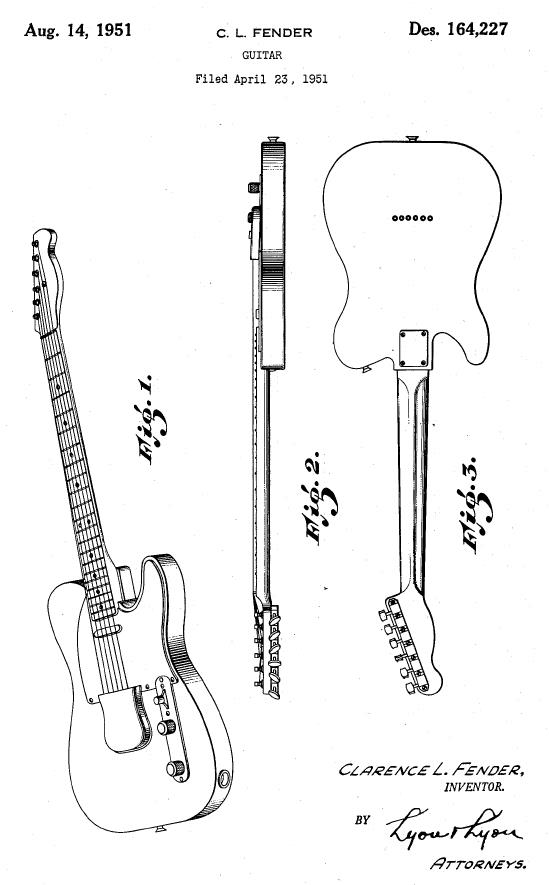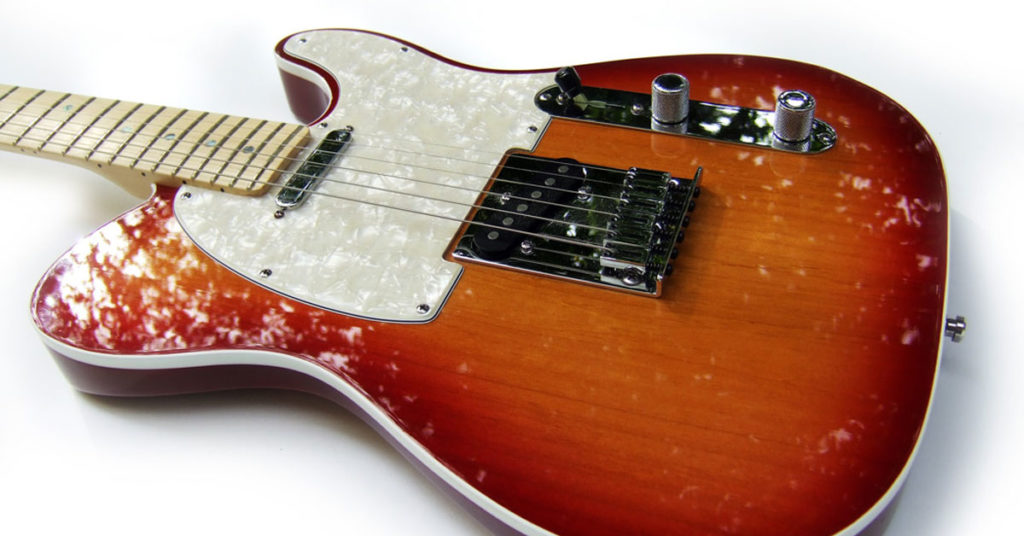Predecessor to the Stratocaster, father of the solid-body electric guitar, and a testament to the phrase “simpler is better” – the Fender Telecaster is a guitar that’s impossible not to love. As a guitar player, I lean toward metal and classical music, but even I have a strange obsession with the Tele that seems to come from beyond musical preferences…I think it has something to do with that uncut horn.
History
The Telecaster was originally designed and sold in 1950 by Leo Fender in California. It was first marketed as the Broadcaster – likely because of Leo’s previous position as an electronics repairman in his shop, Fender’s Radio Service. The name was officially changed to the Fender Telecaster in 1951 due to a legal dispute with Gretsch, but the guitar continued to sell well, inspiring many other luthiers to focus on their own solid-body models.
The Telecaster was designed to handle the growing need for more volume, but it was soon recognized for another feature that Leo hadn’t anticipated: the tone. Guitarists at the time were only interested in making their guitars louder to cut through the other instruments during performances, and since Leo had already been wiring the electronics into hollow-bodied instruments in his repair shop, he had a very solid understanding of how to make a guitar loud.
But after he’d built a crude guitar to test pickups with, people began borrowing the guitar for local performances because they preferred its bright tone and sustain.
Between 1943 and 1950, Fender worked on the idea of a solid-bodied electric guitar that could be easily mass-produced and provide both the loudness and the tone he’d accidentally discovered. When it was finally released in 1950, it was a major leap forward.

Sound
The Fender Telecaster is a guitar that I don’t believe has a specific market – it’s truly an instrument that can be appreciated by any guitarist, but the tone has some specific hallmarks that limit its use in heavier music. If you want a one-word summary, we can just call it BRIGHT.
That’s not to say it was limited to a trebly tone though, since Fender’s wiring scheme allowed players to select the neck pickup with a capacitor wired in to limit the treble and give a bassier sound.
Original Telecaster Three-Way Switch Options
- Neck Pickup (treble cut)
- Neck Pickup
- Bridge & Neck Blended (controlled by tone knob)
Funny that a guitar whose primary tonal quality is brightness would be utilizing the neck pickup in all positions, but that’s all the evidence you’d need to believe its reputation. This is due to a capacitor placed between the volume and output that dampens the mids and lows. The bridge pickup is slanted and has significantly more winding than the neck, which also increases the treble response. The modern Telecasters and variations all continue to be built with this sound in mind.
Variations
These are just a few of the older models, the Fender website has a complete list of all the currently available models.
